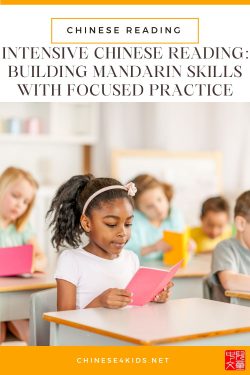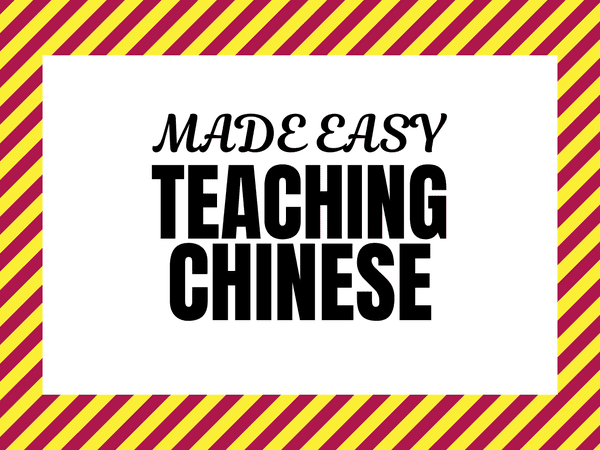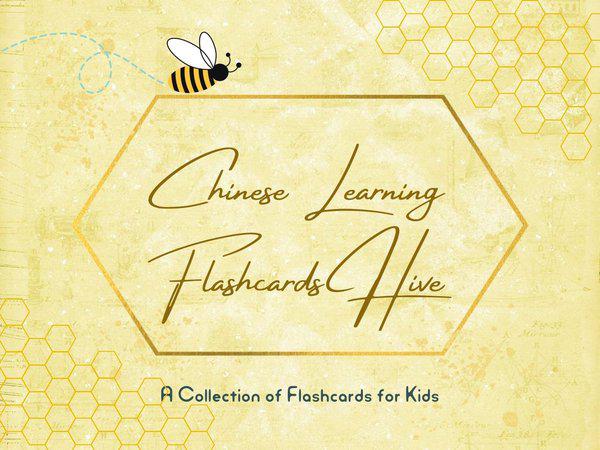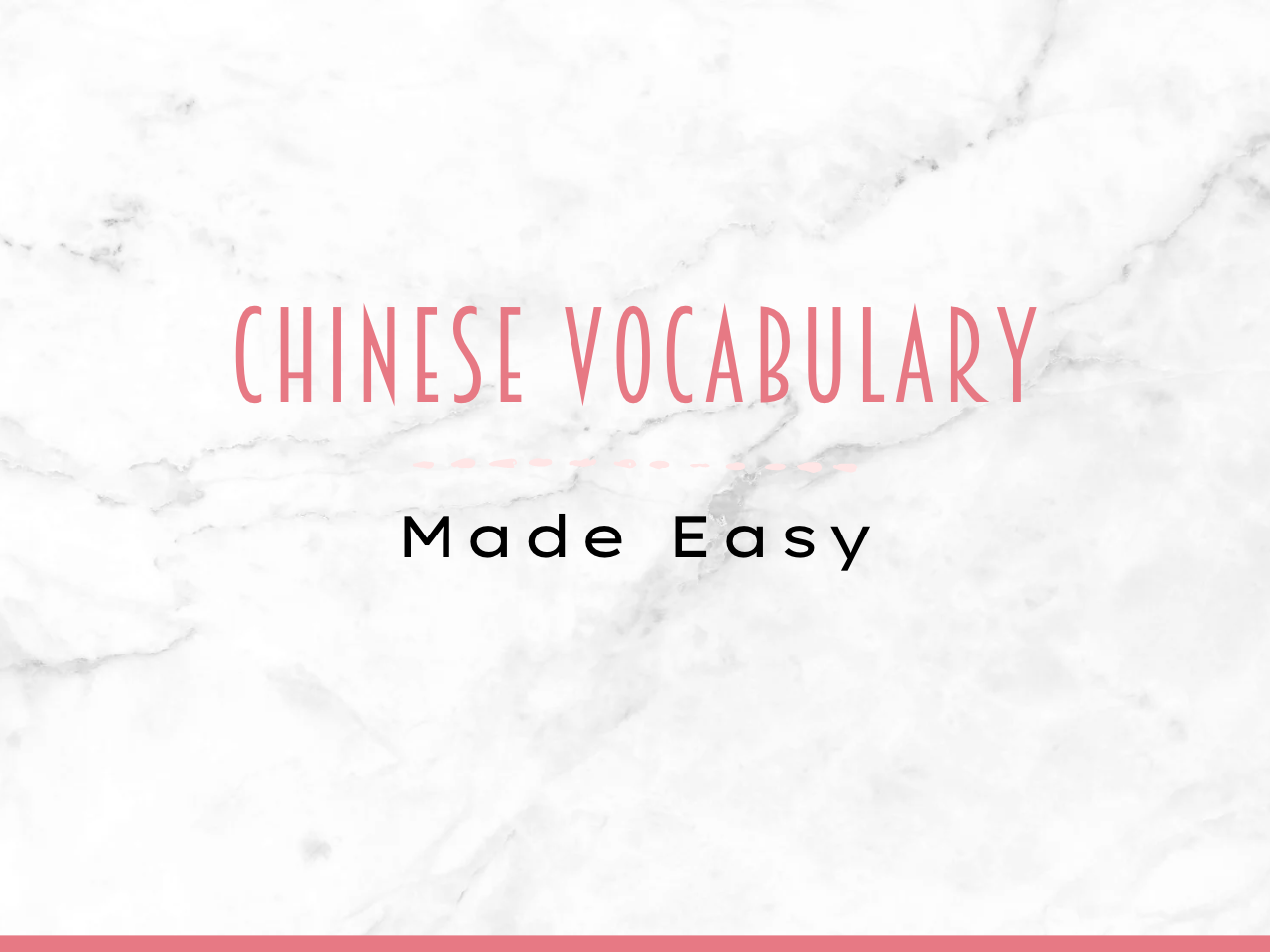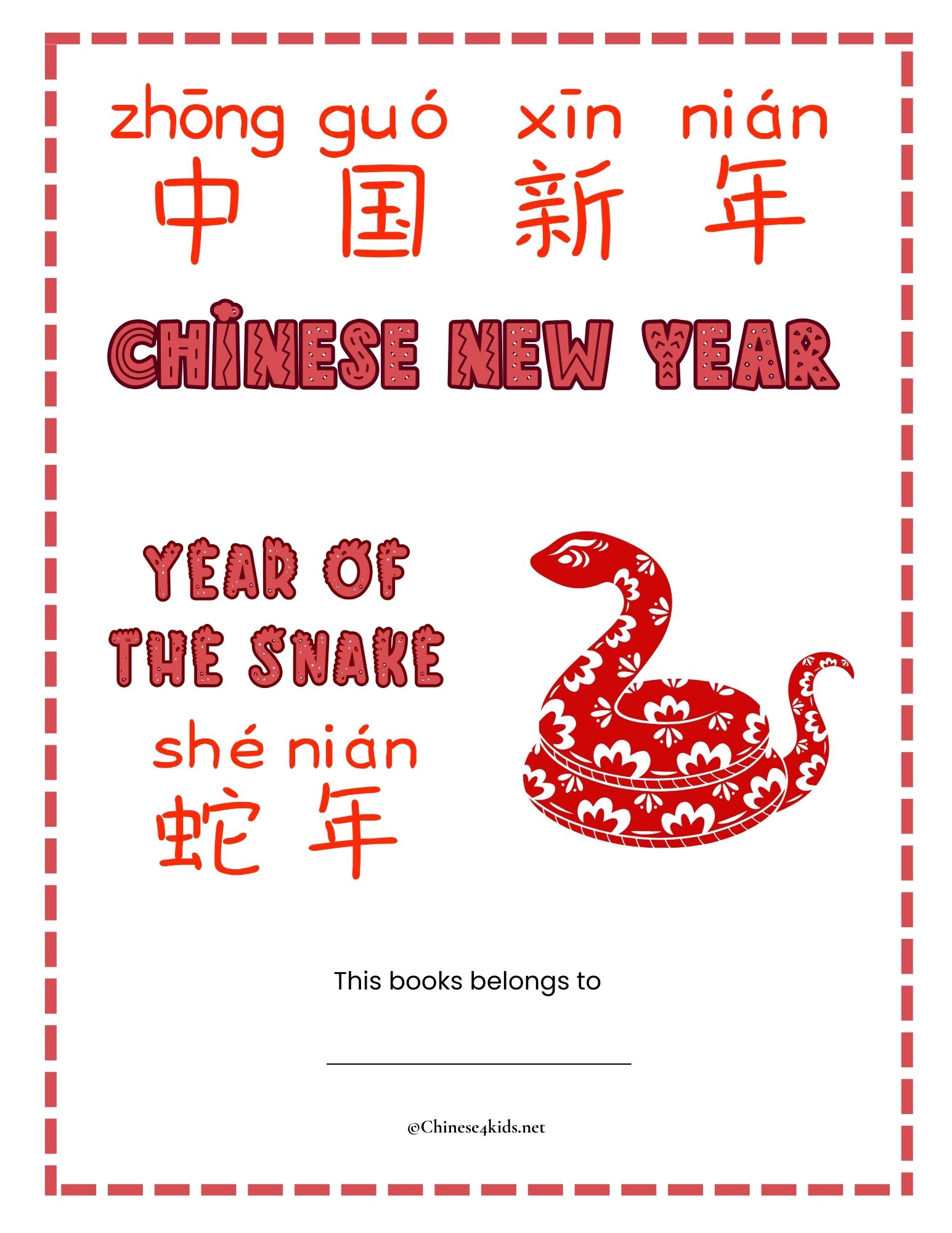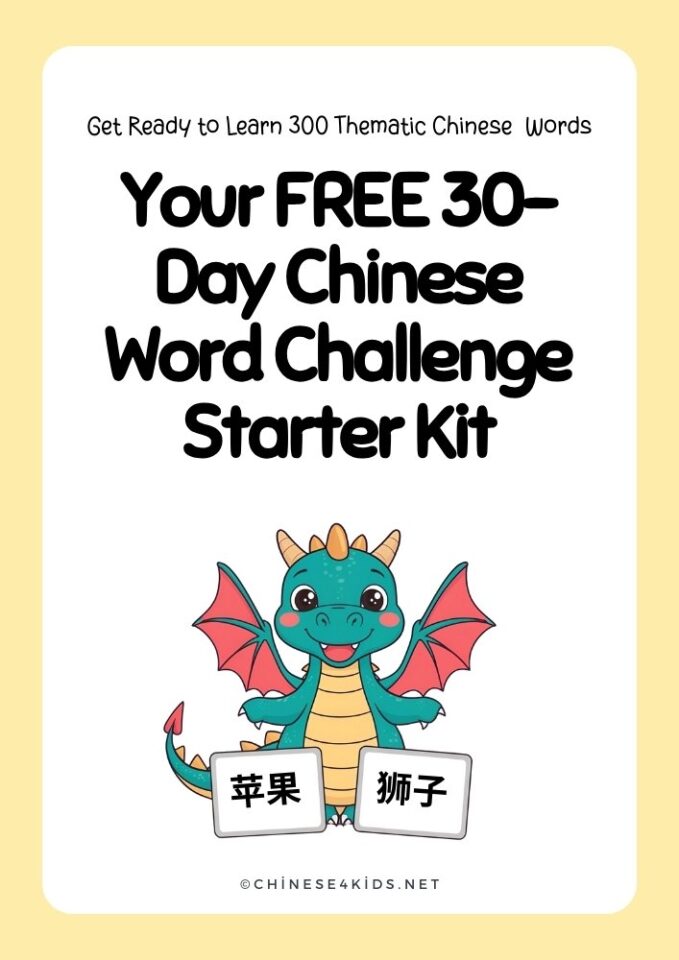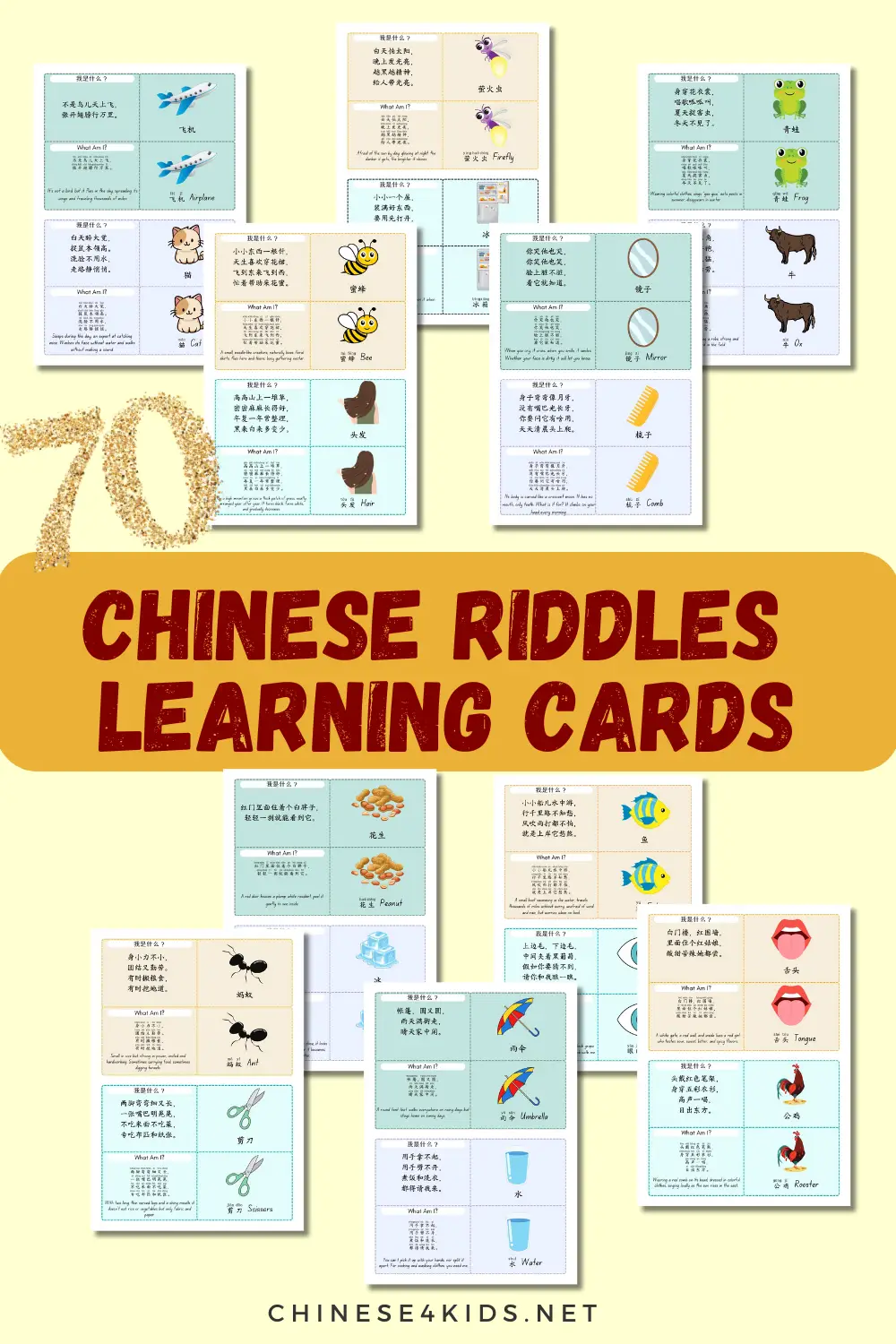
Home » Chinese Reading for Kids » Intensive Chinese Reading: Building Mandarin Skills with Focused Practice
Intensive Chinese Reading: Building Mandarin Skills with Focused Practice

Intensive reading 精读(jīng dú) is a method that focuses on understanding the details of a text, often dissecting sentences, words, and characters to deepen comprehension. In Mandarin Chinese, where each character has unique meanings and pronunciations, intensive reading helps Chinese learners engage deeply with the language, building accuracy in vocabulary, sentence structure, and grammar.
While extensive reading encourages kids to read broadly for enjoyment, intensive reading is a more structured practice aimed at solidifying foundational language skills. For young Mandarin learners, intensive reading allows them to slow down and closely examine how Mandarin works, making it ideal for classroom activities or guided reading sessions.
Benefits of Intensive Reading for Mandarin Chinese Learners
Intensive reading offers several benefits, especially for beginners in Mandarin:
– Builds Vocabulary:
By focusing on specific words and characters, kids can learn precise meanings, pronunciations, and contextual usage.
– Reinforces Grammar and Sentence Structure:
Breaking down sentences helps kids understand how Mandarin sentences are structured, which is essential as word order and sentence patterns differ from many other languages.
– Increases Reading Comprehension:
Intensive reading teaches kids to look beyond surface meanings, helping them understand nuances and implications within texts.
– Develops Character Recognition:
Since each Mandarin character has distinct meanings and forms, intensive reading reinforces character recognition and stroke memorization, which are foundational for reading fluency.
How to Practice Intensive Chinese Reading
When practicing intensive reading, it’s essential to choose materials that are not too long or overwhelming but are rich in useful language elements. Here are some ways to incorporate intensive reading:
1. Character Study with Short Passages
Example:
Choose a short passage, such as a simple description of daily activities. For instance, a few sentences describing a child’s morning routine in Mandarin:
“早上,妈妈叫我起床。我刷牙,洗脸,穿衣服。”
(“In the morning, Mom wakes me up. I brush my teeth, wash my face, and get dressed.”)
Have the child break down each sentence, identifying familiar words (妈妈, 刷牙, etc.) and learning new ones (起床). Discuss the meanings, stroke order, and pronunciation of each character.
2. Sentence Deconstruction Activities
Example:
Take a sentence from a familiar context, such as a storybook. For instance:
“小狗在公园里跑来跑去。”
(“The little dog runs around in the park.”)
Analyze each character to understand its role in the sentence. Discuss the word order in Mandarin and explore the characters’ individual meanings. “小狗” (little dog) and “公园” (park) can be explored separately, with children learning to recognize each as its own unit before putting the sentence back together.
3. Detailed Vocabulary Practice with Dialogues
Example:
Use a short, conversational dialogue, such as one between friends at school:
“你吃了吗?” “吃了,谢谢!”
(“Have you eaten?” “Yes, thank you!”)
Break down each part of the dialogue. This activity helps kids understand how Mandarin speakers often greet each other (by asking if they’ve eaten, which is common in Chinese culture). Words like “吃” (eat) and “谢谢” (thank you) are reinforced, and children can practice them in different contexts.
4. Phrase-by-Phrase Reading with Questions
Example:
Select a short passage describing an animal’s characteristics. For instance:
“熊猫喜欢吃竹子,它有黑白相间的毛发。”
(“The panda likes eating bamboo; it has black and white fur.”)
Go through each phrase to ensure understanding. Ask comprehension questions, such as:
“What does the panda like to eat?”” (to reinforce the phrase “吃竹子”)
“What colors are mentioned?”” (to review “黑白”, black and white).
This can be a great time to introduce supplementary vocabulary related to animals or colors.
5. Reading with Annotation and Translation
Example:
Use a short story excerpt and have kids annotate unfamiliar characters or phrases with their own notes or translations.
Ask students to underline or circle characters they find difficult, then work with them to create meanings and short definitions for each. For example, with a sentence like:
“小猫在树上睡觉。”
(“The kitten sleeps in the tree.”)
Kids can annotate “树” (tree) and “睡觉” (sleep) with meanings or drawings, making connections to previously learned words.
Tools for Practicing Intensive Reading
To make intensive reading sessions more structured, there are several helpful tools and resources:
1. Worksheets and Comprehension Exercises
Use worksheets that reinforce specific vocabulary, character recognition, and sentence patterns. Comprehension questions can follow short reading passages to test understanding.
Example: For a passage about a child’s day at school, comprehension questions could ask about specific activities mentioned or emotions expressed.
2. Vocabulary Flashcards
Create flashcards for key characters and phrases encountered in intensive reading passages. Repeating these words with flashcards helps children solidify new vocabulary.
Flashcards can include stroke order diagrams for each character, reinforcing proper writing as well.
3. Visual Aids and Illustrations
Pairing short reading passages with visuals is beneficial, especially for young learners. For example, a short paragraph about a panda can be paired with a picture of a panda eating bamboo. Visuals help children relate text to real-world concepts.
4. Chinese Reading Apps for Kids
Apps designed for Mandarin beginners, such as Lingokids or ChineseSkill, offer short, interactive reading materials that allow kids to tap on characters to hear pronunciation or see meanings. These tools reinforce both recognition and pronunciation.
5. Teacher-Guided Intensive Chinese Reading Sessions
In the classroom, teachers can lead guided reading sessions, where they read a passage aloud and pause to explain unfamiliar terms or characters. This practice encourages active participation, and students can ask questions about each part of the text.
How Intensive Reading Prepares Kids for Future Reading Success
Intensive reading lays a foundation that makes broader reading, such as extensive reading, much easier for kids. When kids start to understand character combinations and sentence structures through intensive reading, they become more confident. They also learn to recognize patterns in Mandarin, which ultimately helps them tackle more complex texts in the future.
By balancing intensive reading with extensive reading, parents and teachers can create a Mandarin learning experience that’s both challenging and rewarding for young learners. Intensive reading teaches kids how to tackle the details in Mandarin, building skills they’ll use as they progress to more advanced materials.
If you like this post, share it!
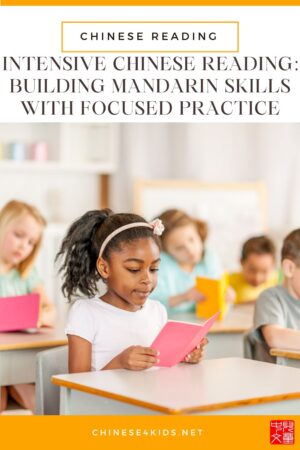
Learning Chinese characters is the fundamental step. Reading is the next and a continuous journey. You can of course combine these two. And actually learning Chinese characters should always be an important part of intensive Chinese reading.
You would imagine that the more Chinese characters you know, the easier it is for Chinese intensive reading. Well, it is not always the case, when the characters are scattered pieces. Only when you learn characters as embedded in Chinese vocabulary will your reading capacity improve.
If you want to work on your child’s first 300 Chinese characters and more than 1000 words, consider joining Chinese Vocabulary Made Easy course
I’ve also de-bundled the course and made each 100 characters available for those of you who want to choose the right level and take the challenge of building up 100 characters (and hundreds of words) within 20 days. If you are up to it, join now!
Related Articles and Resources:
- Dr Seuss’ Children’s Books in Chinese
- Unlocking the Power of Reading for Young Beginning Chinese Learners
- A Step-by-Step Guide for Kids to Chinese Reading
- From Characters to Comprehension: Nurturing Chinese Reading Skills in Children
- Engaging Activities to Spark Kids’ Interest in Reading Mandarin Chinese
- The Power of Reading Aloud: How It Helps Kids Learn Mandarin Chinese
You May Also Be Interested:
- Chinese4kids Membership – a portal for busy Chinese teachers and parents
- Chinese learning flashcards Hive – a flashcards library that with regular additions of new quality Chinese learning flashcards
- Chinese learning worksheets collection – Also a part of Chinese4kids membership, this collection is for teachers and parents who want to have access to engaging worksheets and activity sheets created for kids learning Mandarin Chinese as an additional language
- Speak Chinese with Kids Course
- Chinese Vocabulary Made Easy Course
Recent Posts
Join Our Membership
Enroll to A Course
Buy An eBOOK
Our Posts
